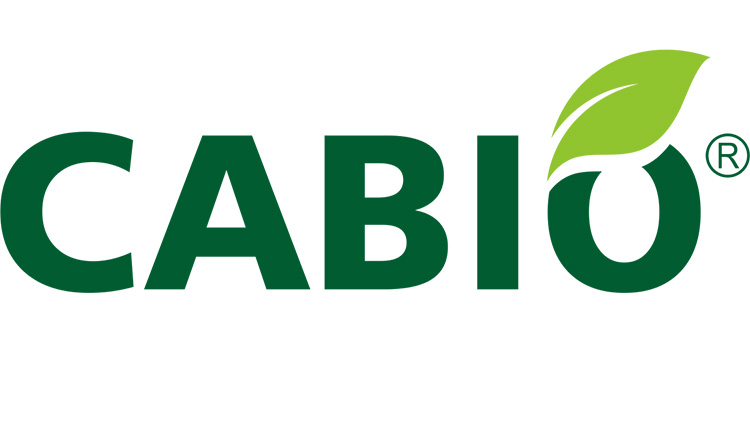Promotional Features
Nanocarrier technology: maximising skincare results
Nowadays, beauty consumers are more intelligent than ever, thanks to learning about beauty products online in order to find the most effective solutions.
Product ingredients have begun to play a more critical role in consumers' study and purchase channels. An increasing number of niche brands are among the best in Google search through the functionality of their main ingredients.
Increasingly, niche brands are making their brands known to more consumers through the power of their products' key ingredients.
The internet has changed consumers' shopping habits, allowing them to become more selective about choosing beauty and skin care products. Consumers spend more time researching beauty products online before making a purchase decision. For example, according to 2022 data, nearly all (99%) of consumers read ratings and reviews ‘at least sometimes’ when shopping for beauty products online. 60% do so ‘always’, compared with 54% in 2021.1 Consumers nowadays can become ‘skin care intellectuals’ by understanding skin characteristics and specialist needs through sharing online.
The ingredient-guided search can help consumers find specific active ingredients to treat or prevent skin problems, such as acne or black spots. As a result, they can build a more personalized and effective skincare routine.
Source: Euromonitor International Voice of the Consumer: Digital Consumer Survey, fielded March to April 2021.
For skincare products whose primary selling point is function, consumers pay more attention to the correlation between the effective ingredients and the function of the product but often ignore the importance of the absorption of the effective ingredients.
Is the skincare effect not ‘obvious’ enough?
The ‘ingredient first’ skin care concept has inadvertently infiltrated our skincare routine. Consumers have deeply understood the relationship between nicotinamide and whitening, astaxanthin and anti-aging, and other ingredients and their associated functions. So, why is the skin care effect not ideal even when products containing corresponding elements are used?
In addition to individual differences in product, manufactures often ignore a series of problems surrounding the effect that the direct use of functional ingredients may have on skin absorption and utilization. For example, the impacts of preparations on effective ingredients cannot be ignored. Generally, creams, emulsions and other preparations do not have slow-release and controlled-release effects, which can be highly irritating to the skin. Directly using unprocessed functional ingredients, such as salicylic acid and retinoic acid, may cause skin irritation. In addition, most unprocessed active ingredients, such as astaxanthin, β- Glucan and salicylic acid, are challenging to penetrate the skin epidermis. Furthermore, some components' acting cortexes vary, and the functional elements are challenging to stay at the target part of the skin, ultimately failing to perform properly.
Improving functional components with nanocarrier technology
Without the aid of industrial technology, functional ingredients can experience a series of problems, such as high irritation, low absorption efficiency, and poor retention and this is why the effects of functional cosmetics are not always apparent. Regarding absorption and utilization of active components, scientists have analyzed and evaluated various cutting-edge technologies and found that nanocarrier technology can "solve various difficulties of functional components" correctly.2
Nanocarrier technology refers to nanoparticles with a diameter of 10-1,000 nanometers, which can help disperse functional components contained within products by embedding, disseminating, absorbing and coupling in order to penetrate the skin. The nanocarrier system formed by integrating active ingredients with the designed carrier works by delivering an appropriate amount of active ingredients to the correct position at the right time. It protects the active ingredients from being destroyed, thereby improving efficiency, mitigating irritation, solving the difficulties in applying active substance formula, and enhancing the overall function of the product.
Furthermore, we know that nanocarrier technology features beneficial slow-release and controlled release functions, which can play a similar role of "storage" in skin tissues, continuously release functional ingredients and improve the role of active ingredients. In addition, such technology has excellent permeability, targeting and retention, all of which can effectively promote the transference of functional components through the stratum corneum (the top layer of the skin), significantly increase the retention of active ingredients on the skin, and improve the targeted transmission of valuable elements to the skin.
Application of nanocarrier technology in functional components
Case 1: Astaxanthin liposomes
The liposome is a widely used nanocarrier that can significantly improve the function of drugs and reduce side effects. The nanoparticles are water-based, surrounded by a phospholipid bilayer. The liposomes are considered ideal nanocarriers in skin care formulations due to their excellent permeability and biocompatibility.
Due to the relatively active electronic effect of astaxanthin structure, astaxanthin features two properties: one is that astaxanthin is very active and easily oxidized; the second is that astaxanthin mainly exists in the form of astaxanthin ester, which is not easy to be absorbed by the skin. The astaxanthin liposomes can solve the problems caused by these two properties, and the active astaxanthin component is stably wrapped in liposomes with particle sizes less than 100 nm.
The addition of astaxanthin as a nanocarrier into cosmetics enables the astaxanthin to smoothly enter the substrate layer and help eradicate the solubility and stability problems of astaxanthin, while significantly improving the absorption efficiency and bioavailability for more effective oxidation resistance.
Case 2: β- Carotene nanocapsules
Theseare polymer nanoparticles with active components covalently attached to the wall. CABIO is developing the β- Carotene nanocapsule preparation for effective targeted drug delivery. The anti-wrinkle cream developed based on β-carotene encapsulation can slowly release active compounds for a long time, helping the skin to maintain long-term health and vitality from the inside out.
Case 3: DHA nano lotion
Scientists at CABIO have prepared the DHA nano lotion and studied its preventive effect on skin anti-aging function. They discovered through observation that the antioxidant properties of DHA oil are conducive to maintaining skin health and delaying senescence. This technology has been used by many brands to treat and alleviate skin wrinkles and fine lines effectively.
CABIO has built a complete technology transfer platform of the industry chain, incorporating directive breeding of microbial strain, fine regulation of cells, high-efficient separation and purification, preparation, directional transmission, and high-throughput detection and analysis, among other technology modules. It provides quality functional ingredients and creative solutions to developers of nutrition and health foods worldwide and has established itself as a world-leading biotech company that empowers nutrition and health.
References
1. Power Reviews. Meeting Beauty Shopper Digital Expectations in a Post-Pandemic World
2. Roberts MS, Mohammed Y, Pastore MN, et al. Review article: Topical and cutaneous delivery using nanosystems. Journal of Controlled Release. 2017;247:86-105 (Epub 2016, Dec).





